A new project in Fianarantsoa, Madagascar, is building schools using 3D printing technology. A new, 3D-printed school can be built in under a week with less waste and lower carbon emissions than conventional construction. The aim is to address the infrastructure shortage – driven by a lack of skilled labour and resources – which limit the capacity for children to learn.
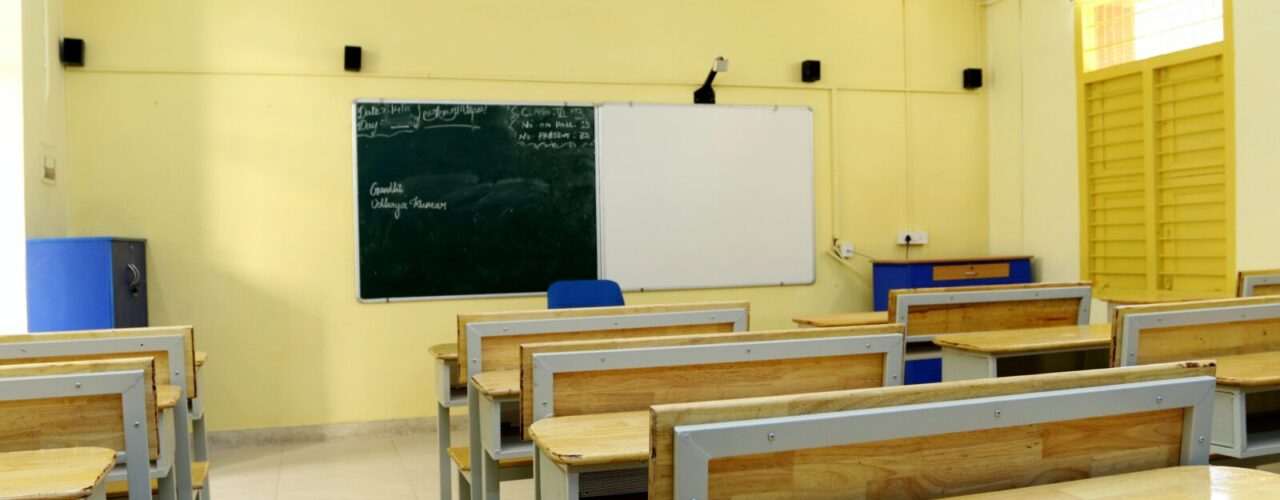
So what?
Widening access to education infrastructure could facilitate the education of many more children, especially pertinent after school closures during the COVID-19 pandemic. A more educated global population has many potential benefits including improved productivity, gender equality and poverty alleviation.
Will this project expand to other parts of the world and prove a model for infrastructure development, particularly in education? Can we embrace technology to make twin improvements in education and the environment in a post-pandemic world?

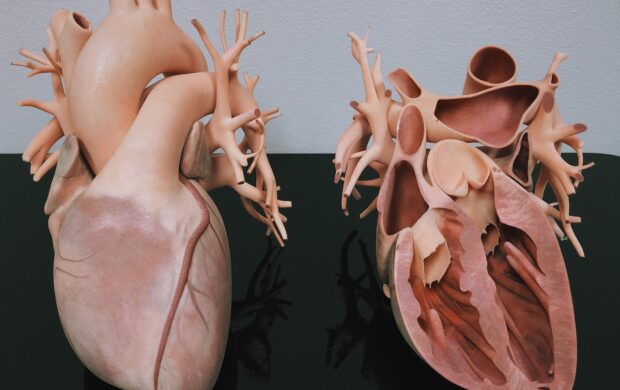




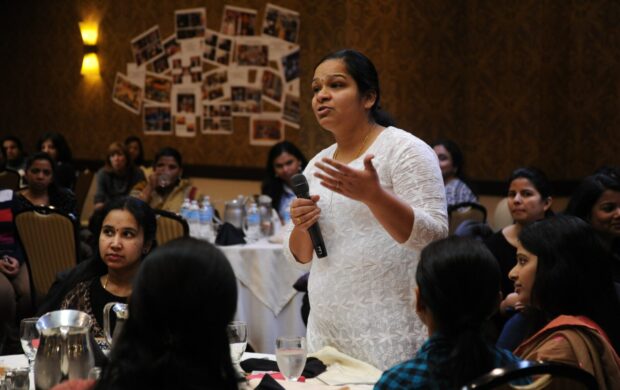

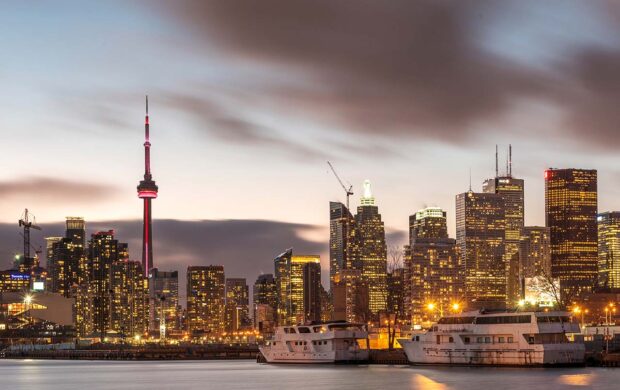
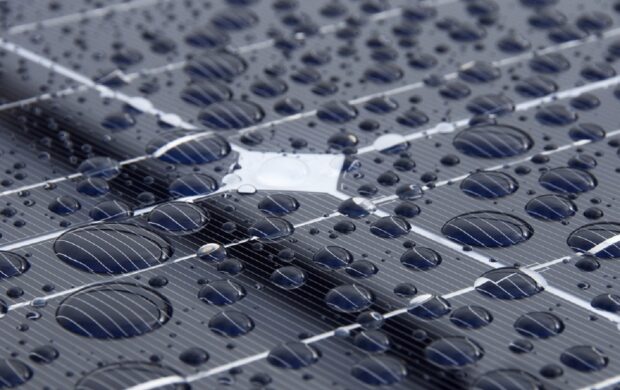

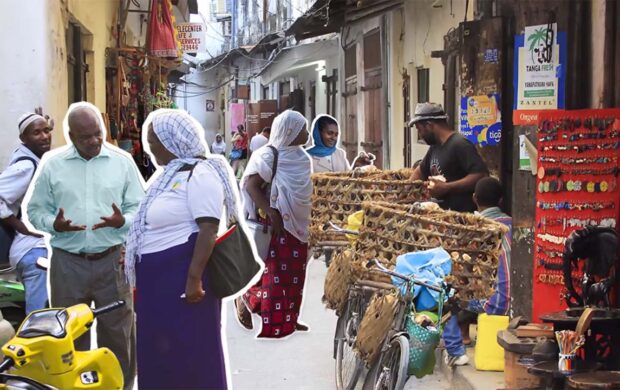
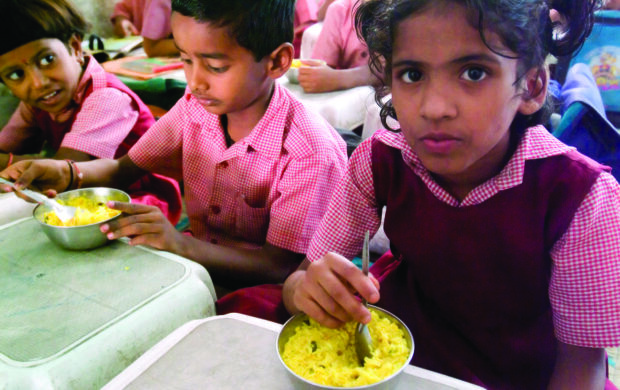
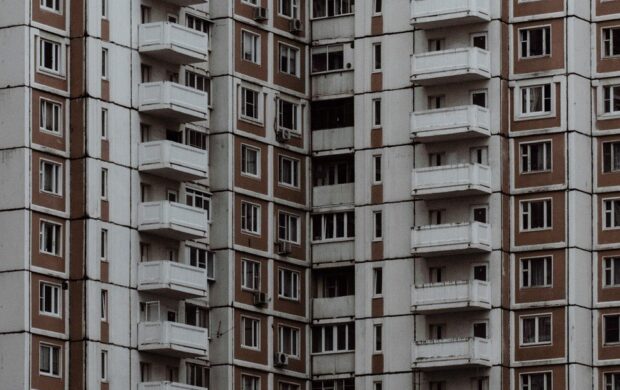
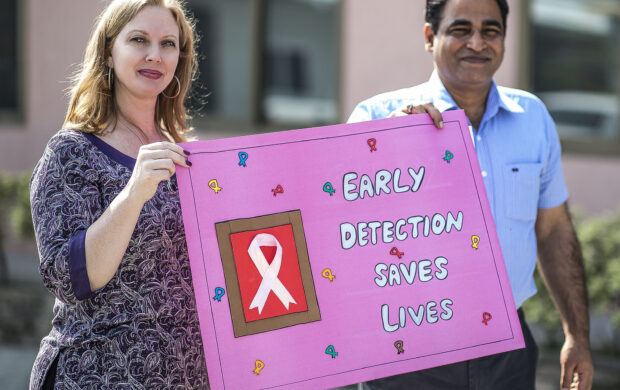



Join discussion